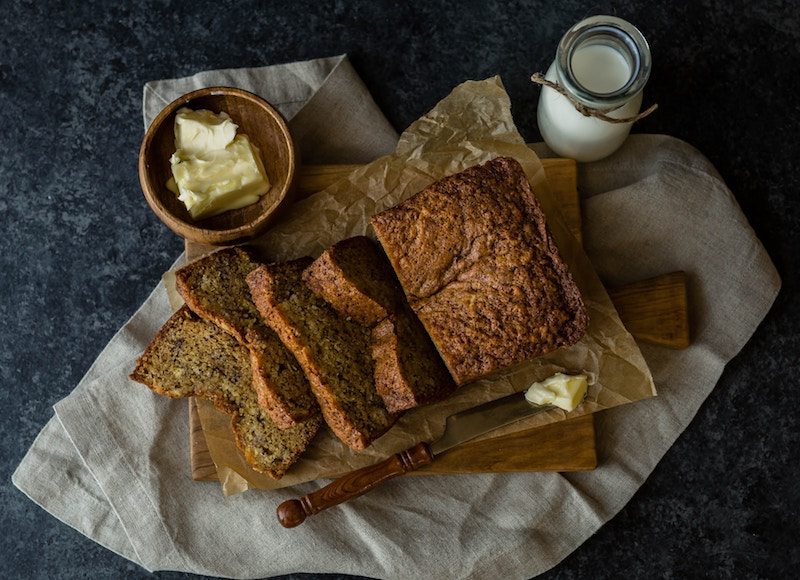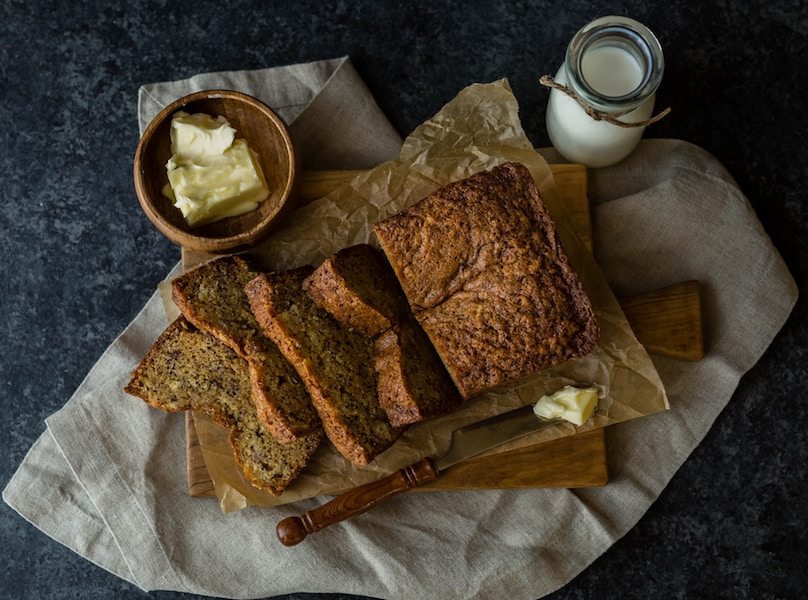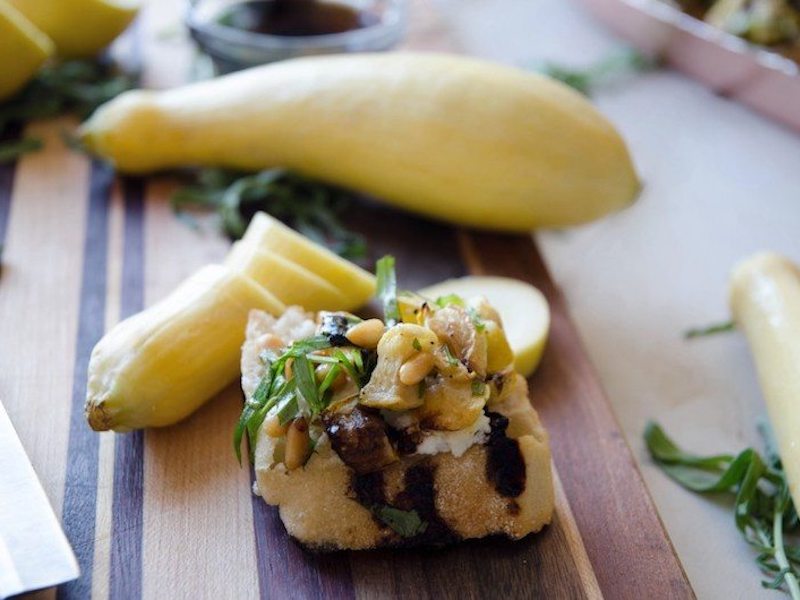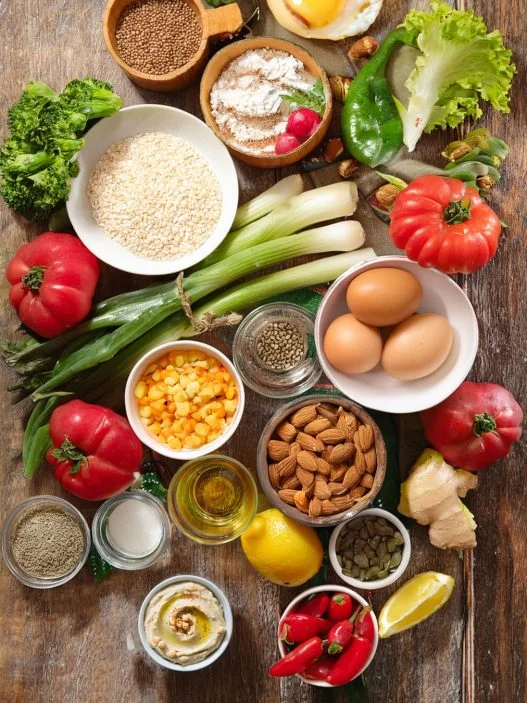Tis the season of baking. But do you know what kind of butter to use? Check out our butter guide to different kinds of butters and what we like to use them for.
 Photo by Whitney Wright on Unsplash
Photo by Whitney Wright on Unsplash
Salted or Unsalted Butter
These are the butters that usually end up on our grocery list. If you’re baking or cooking with the butter, we suggest grabbing unsalted so the saltiness of the dish can be adjusted with added salt, rather than salt from the butter, which is harder to control. However, if you’re spreading the butter on toast, crostini, or pancakes, for example, we like to use salted butter for extra flavor. A word of caution here, be sure to read the box, some “butters” look like your usual sticks of salted or unsalted, but upon closer reading they say might say “Buttery Sticks” or “Butter-Like”. While those products may have their place, be careful when using them in a recipe that calls for real butter.
Grass-Fed Butter
This is our favorite butter to use on toast, drizzled over popcorn or stirred into a dish of warm noodles. Thanks to the dairy cows being raised on a grass instead of grain diet, this butter is super flavorful and loaded with healthy fatty acids and Vitamin A. We’re not saying you should eat pounds of the stuff, but it sure makes us feel good while we eat it. Also this butter will usually be a more yellow color, rather than white. You can use grass-fed butter in every application that calls for butter, but since it is more expensive, we recommend using it when that extra flavor will really be noticed.
Clarified Butter
You can make clarified butter at home, all you have to do is heat your butter in a pan until the water evaporates, and the milk solids float to the top and are skimmed off. All you are left with is pure butterfat. In the grocery store, you can often find this labeled as ghee. Clarified butter is best used instead of regular butter if you are going to be cooking at high temperatures, read more about it here. It also has a longer shelf life thanks to the removal of water and milk solids.
Cultured Butter
Cultured butter is when the cream is allowed to start to ferment slightly before being churned into butter. The cultured added to start the cream’s fermentation is similar to the cultures found in yogurt. This butter seems to taste extra creamy, flavorful and sometimes even acidic on the finish. While it is more expensive, you can use this kind of butter in any recipe that calls for butter, just be aware that it will add some delicious tanginess to the dish.
European Butter
Butters from Europe are often cultured butters, but read the label to be sure. In the USA, butter has to be a minimum of 80% butterfat, but in Europe, butter has to be at least 82% butterfat. Using this butter in cooking or baking will make things more rich. If you’re making something relies heavily on the butter, like buttercream frosting or puff pastry, we like to use a European butter for extra creaminess.























